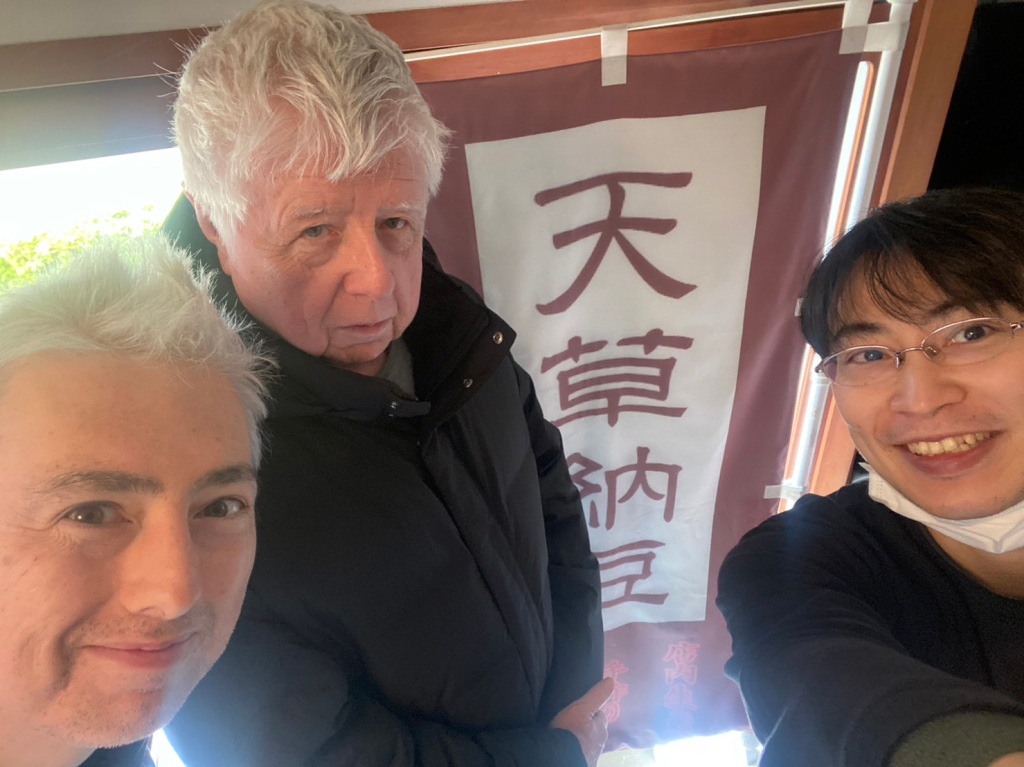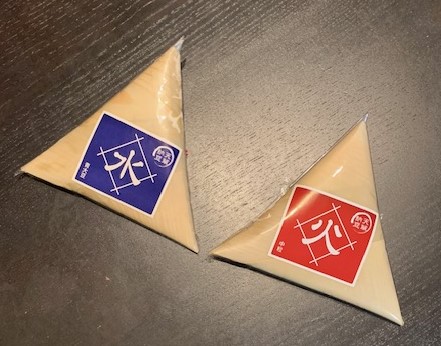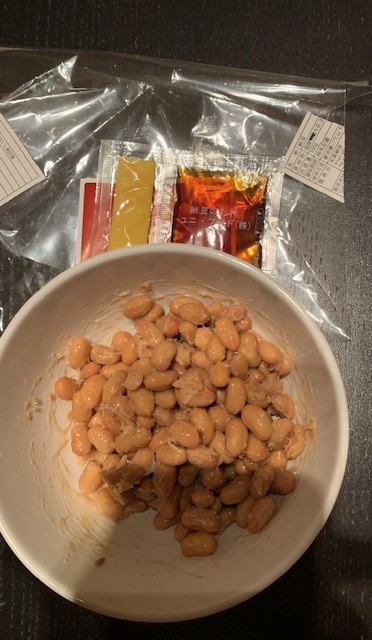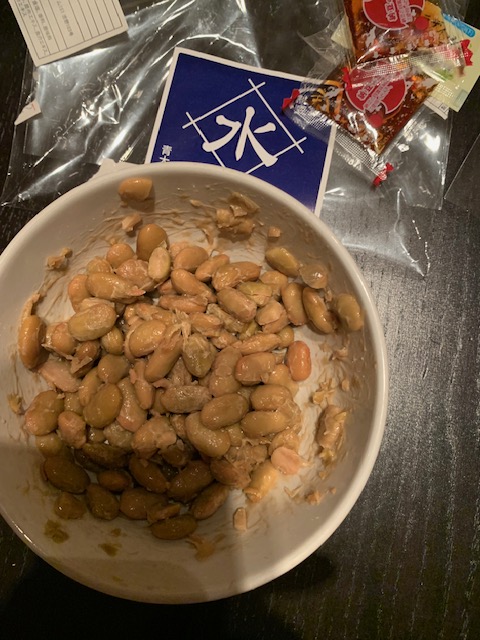
In August 2023 Len Chandler, a classically trained musician and topical songwriter famous during the folk music boom of the 1960s, passed away. Mr. Chandler was a man of many talents, but he is best remembered for his childlike, but ever-so-serious song, “Beans in My Ears.” The little ditty was somewhat controversial and banned by certain radio stations out of fears that juvenile listeners would try it and negative repercussions follow. Reading Mr. Chandler’s obituary, naturally resulted in our thinking about beans and their placement in a different orifice. Stop thinking like that!!! What’s wrong with you? We’re talking about the mouth here!
Yes, we are rather fond of beans here at drinkingjapan.org, especially natto, which for many years has received a bad rap owing to its odor and stringiness/stickiness. We do not find the odor offensive but perhaps we are in a minority here. Should these seemingly negative characteristics be minimized, this nutritious and delicious Japanese dish will likely garner considerable attention overseas and spawn millions of foreign natto-eaters. Perhaps this is already taking place, as a recent article in The Japan News suggests. The artisanal natto shop known as “Amakusa Natto” is producing and selling some high-end fermented beans. The varieties we tasted did not have the usual pungent smell of more common varieties of natto. However, as the article indicates “ordinary natto cannot be exported due to its short shelf life and other reasons,”1 so Amakusa is marketing flavored dry natto abroad. Presently, dry-natto production is outsourced to another firm.

On a cold February morning, we paid Amakusa a visit and purchased two of their artisanal products and tasted both at home, along with a common supermarket variety. We found the ka – chuu tsubu (火-中粒) to have a beany, rather than a typical natto, smell, a mild taste, and a nice mouthfeel. When the accompanying sauce was applied, it became sweet and very appealing. The other Amakusa variety that we tried was sui – ao daizu (水-青大豆). It had a baked-bean aroma, considerably more firmness than the supermarket and chuu tsubu varieties, and a great deal of complexity when the horseradish that was provided was added.


It is our opinion that Amakusa is developing a terroir of natto—high-quality beans, sourced from various places in Japan, each with its own flavor profile. We believe that the next step in this project should be an exploration of natto and drinks-pairings, but we would say that, wouldn’t we?


1Mori, F. “High-quality natto spreads in worldwide craze,” The Japan News, February 11, 2024.
Interested readers can link to Amakusa here:https://www.amakusanattou.com